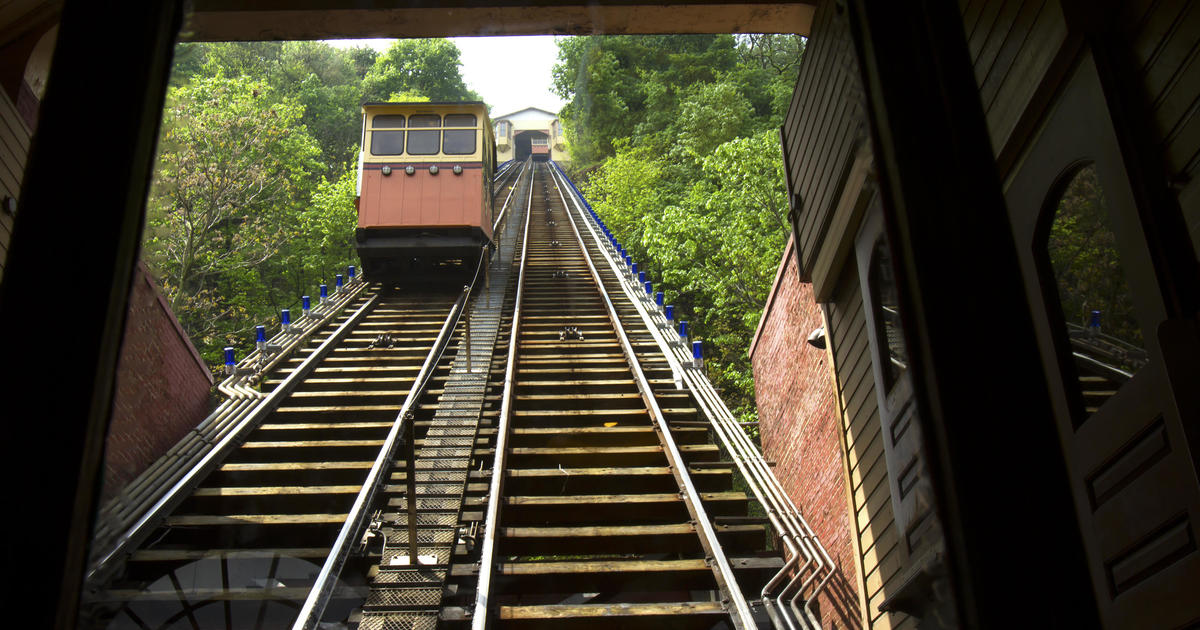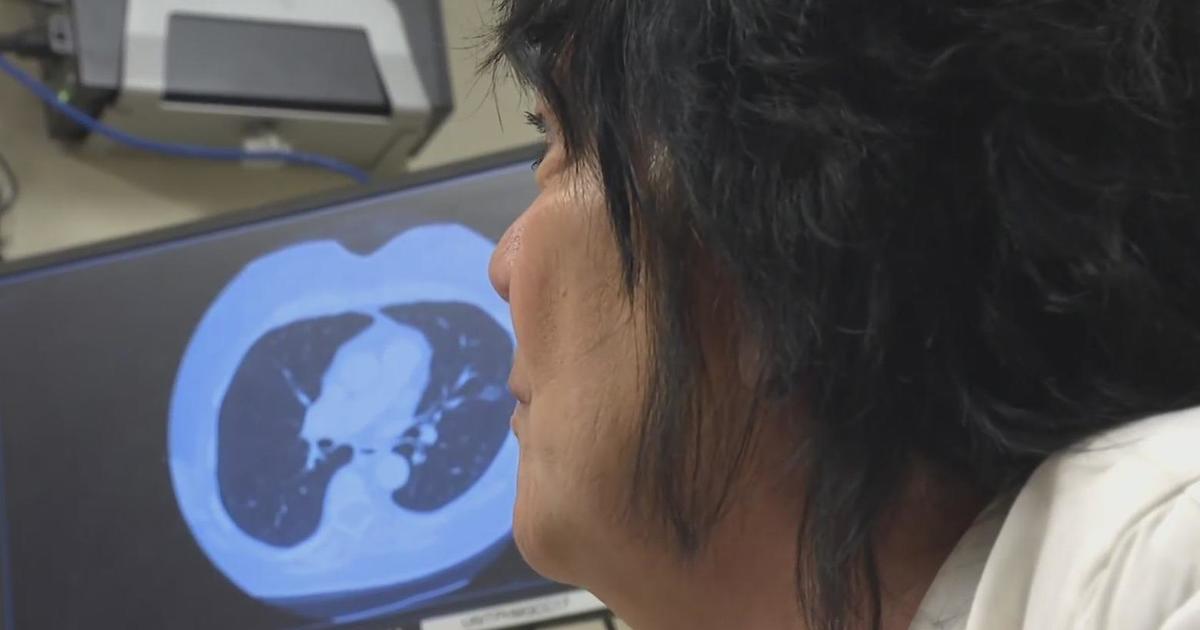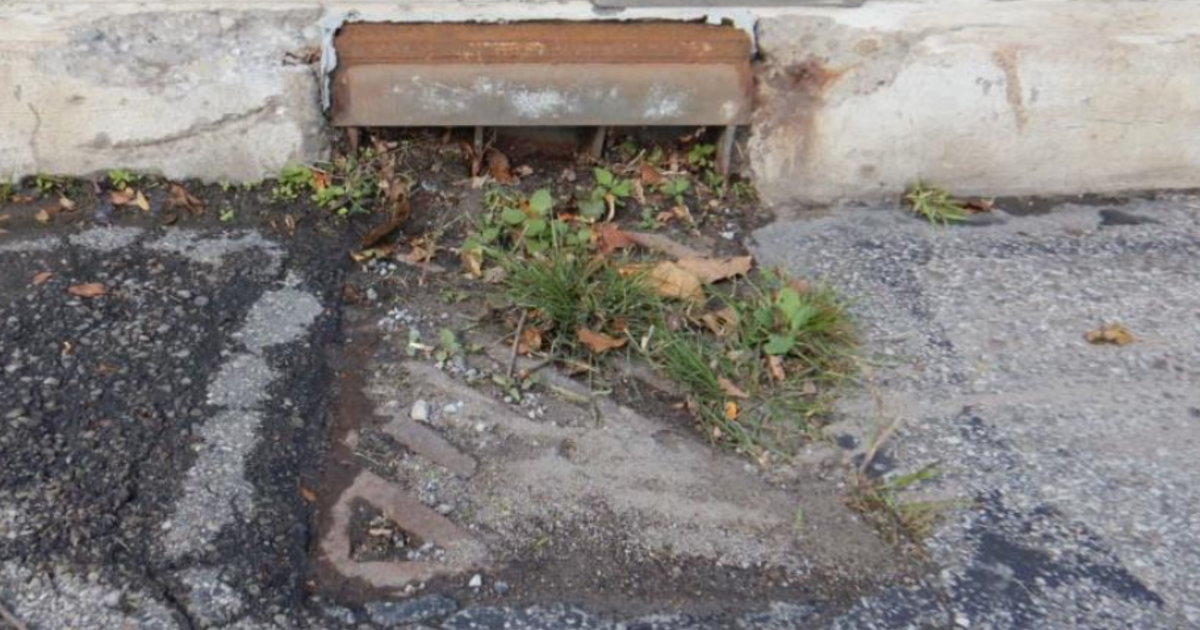Revolutionary Procedure Offers Help For Lymphedema Patients
Follow KDKA-TV: Facebook | Twitter
PITTSBURGH (KDKA) - For some cancer patients, lymphedema can be a serious complication after surgery.
But, there's a revolutionary new procedure that can now help.
After surgery for breast cancer, Linda Danley's cancer was gone, but then came the fluid.
"The lymphedema came about six months after my mastectomy, because they had removed several lymph nodes and I noticed my hands started to swell, and then my arm," Danley said.
The lymphatic system is part of the circulatory system and immune system. It carries fluid, waste, protein and white blood cells away from the extremities. When the system is disrupted, at the armpit, for instance, through surgery or radiation, swelling of the arm can occur.
It's a condition called lymphedema.
"They have a lot of symptoms related to wearing clothing, wearing their rings, wearing watches, wearing clothing that fits them in the upper arm," UPMC's Dr. Carolyn De La Cruz said. "Patients with lymphedema can develop infections."
Danley tried massage and pumping, wrapping her arm, and compression garments. These daily therapies work very well, but they're time consuming -- taking a couple of hours sometimes.
A newer option is surgery with a procedure called lymph node transfer.
Lymph nodes are taken from other parts of the body -- the groin, the neck, the chest, or abdomen. They are removed as a cluster along with their artery and vein, which are hooked up using microsurgery in their new location -- under the arm with lymphedema.
The surgery helps to prevent progression of the swelling, and the infections that can come along with it and it can reduce the daily routine of elevation and compression.
"It can reduce the size of the arm, it can reduce the symptoms, the heaviness, the tingling, the tightness," Dr. De La Cruz said.
Danley was having reconstructive surgery, and her doctor said the lymph node transfer could be done then.
"She said, while we're in there, she said, 'Why don't we take some of the lymph nodes, and transplant them back under the arm?' And she said it's about 60/40 success rate, I said, I'm willing," Danley said.
To have it done, you can't have active cancer, recent radiation therapy, or infection.
One possible complication is lymphedema in the area where the lymph node packets are taken, but this is rare.
The recovery can take several months, with no heavy exertion.
"I just rested. But actually, the recovery, I thought, went faster than what I thought it would," Danley said.
"She said six months, but I felt good in four months."
However, insurance does not always cover the procedure.
"Since it is a new technology, some insurance companies are not there yet in understanding actually this is not experimental," Dr. De La Cruz said.
Also, it's not available everywhere.
"It's not that common throughout the country. There's only a few major centers that offer it. Obviously in larger university settings," Dr. De La Cruz said. "We've only performed a handful of procedures so far."
While her arm is still a little swollen, it has improved a lot. Danley still uses her compression garment, but doesn't use her pump or wrap at this point. She's looking forward to getting back to activities she used to enjoy.
"I'm pleased with the results. I couldn't be happier. I'll be able to play golf next year, which is a big part of my life," she said.



